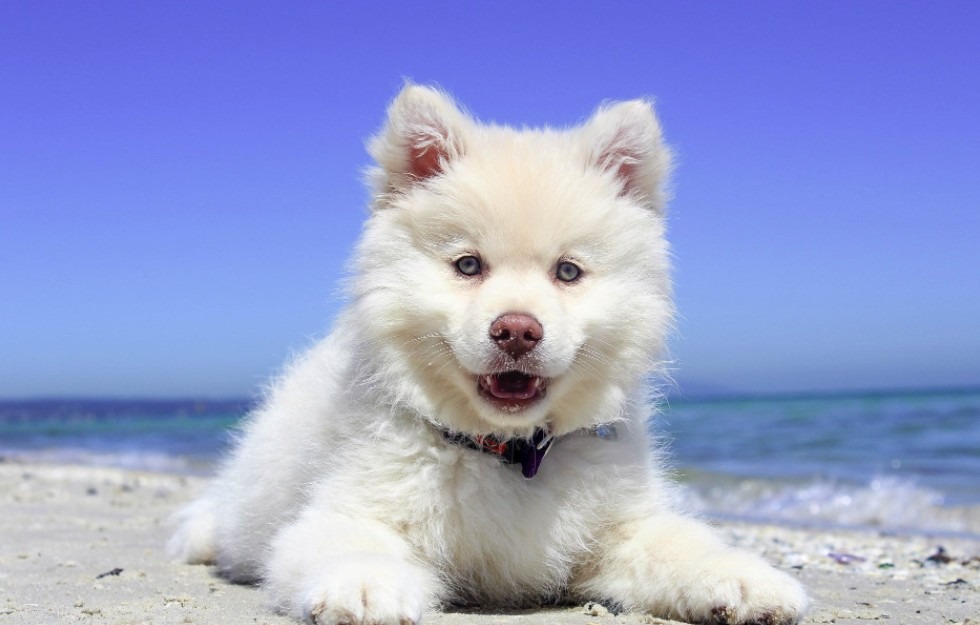When your dog comes in panting after a lively trip to the park, he’ll receive a warmer welcome home if the scent of his breath doesn’t knock anyone out. Dogs aren’t known for having exceptionally fresh breath, of course, but it’s a good idea to ensure that your dog’s mouth is at least clean, healthy, and normal-smelling.
Additionally, without any mouth care, dogs can start showing a decline in gum health in as little as 4 years. There are a few ways to help preserve your dog’s teeth adog nd gums so that they last for much longer than that.
Some of the following tricks even provide benefits beyond dental hygiene, like toys that train your dog’s agility, or simply making your life more pleasant by mitigating stinky dog breath.
Teeth-Cleaning Chew Toys
A durable chew toy will tick a lot of boxes in caring for your canine. In the dental department, these toys can help clean your dog’s teeth by rubbing some of the food debris off of them, giving a nice gum massage at the same time.
Chew toys also provide entertainment to your dog whether you’re joining the fun or taking a moment to yourself. Depending on the design, chew toys can get your dog moving around as well, helping him stay fit and agile.
Tasty, Toothy Treats
When purchasing treats and food for your dog, look out for options that promote dental health. Some types of dog food products are made with enzymes that naturally prevent the buildup of plaque. Since plaque can start to harden on your dog’s teeth in about a day, these treats will work best if you give one to your dog daily.
Brushing Your Pupper’s Teeth
If brushing your dog’s teeth doesn’t sound like the ideal way to spend your time, rest assured that the twice daily recommendation for humans doesn’t apply to our furry friends. The ASPCA does recommend brushing two to three times a week for dogs, though. This can prevent tartar buildup on your dog’s teeth, thus reducing the risk of tooth decay and gum disease.
To clean your dog’s teeth, use a simple mixture of baking soda and water instead of human toothpaste, which can upset your dog’s stomach. You can also ask your vet about toothpaste made specifically for dogs.
Gradually introduce your dog to the process by rubbing his lips with the paste once a day. After a few weeks, you can move on to gently cleaning your dog’s teeth and gums using a dog toothbrush or gauze wrapped around one finger.
It’s okay if you don’t get every nook and cranny. Just cover all the areas you can access without too much resistance from your pooch.
By maintaining a few mouth care habits for your dog, you can help keep those ivories shiny and strong so that she can enjoy dry food and chew toys well into her old age — and you can enjoy kisses with only a mild wave of dog breath in your nose.

